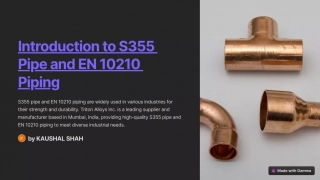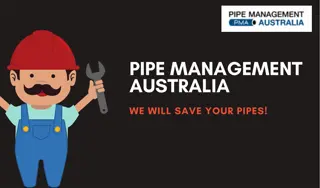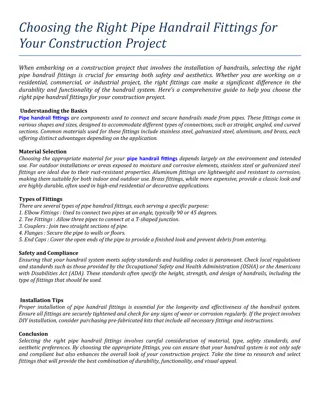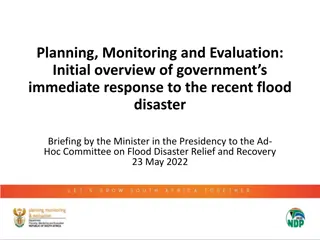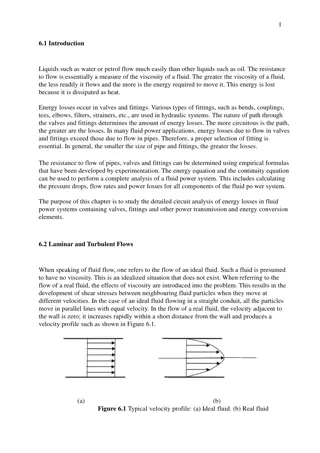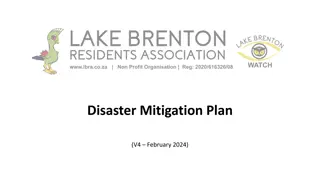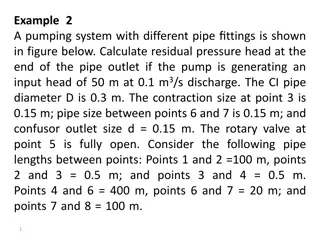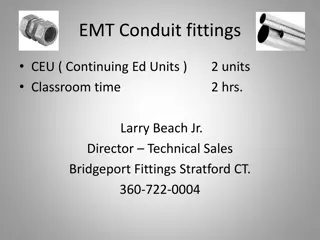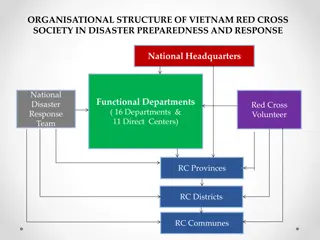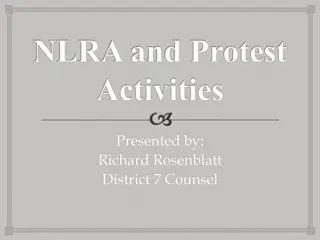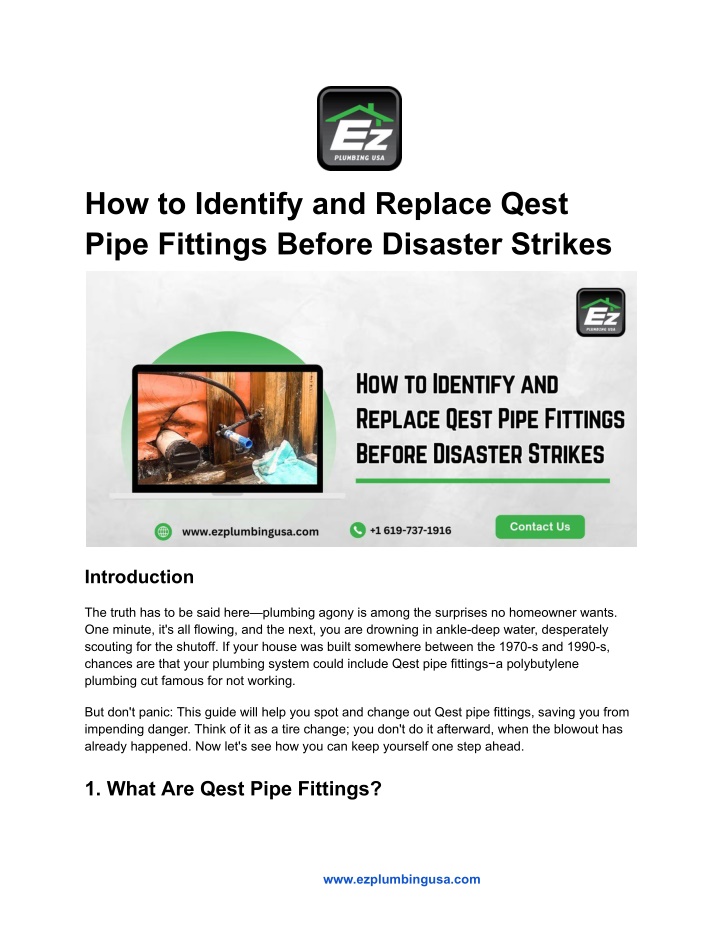
How to Identify and Replace Qest Pipe Fittings Before Disaster Strikes
Discover how to spot aging or failing Qest pipe fittings in your home before they cause costly water damage. Learn the signs of wear, the risks involved, and how to safely replace them with modern, reliable plumbing solutions. Contact us now for more
Download Presentation

Please find below an Image/Link to download the presentation.
The content on the website is provided AS IS for your information and personal use only. It may not be sold, licensed, or shared on other websites without obtaining consent from the author. If you encounter any issues during the download, it is possible that the publisher has removed the file from their server.
You are allowed to download the files provided on this website for personal or commercial use, subject to the condition that they are used lawfully. All files are the property of their respective owners.
The content on the website is provided AS IS for your information and personal use only. It may not be sold, licensed, or shared on other websites without obtaining consent from the author.
E N D
Presentation Transcript
How to Identify and Replace Qest Pipe Fittings Before Disaster Strikes Introduction The truth has to be said here plumbing agony is among the surprises no homeowner wants. One minute, it's all flowing, and the next, you are drowning in ankle-deep water, desperately scouting for the shutoff. If your house was built somewhere between the 1970-s and 1990-s, chances are that your plumbing system could include Qest pipe fittings a polybutylene plumbing cut famous for not working. But don't panic: This guide will help you spot and change out Qest pipe fittings, saving you from impending danger. Think of it as a tire change; you don't do it afterward, when the blowout has already happened. Now let's see how you can keep yourself one step ahead. 1. What Are Qest Pipe Fittings? www.ezplumbingusa.com
Qest pipe fittings were a type of plastic plumbing connector used with polybutylene pipes. These fittings were common in homes built or re-piped during the 1970s to mid-1990s. They're usually grey or white and connect water supply lines throughout your home. At the time, they were a cost-effective alternative to copper but we ve learned since then that cheap doesn t always mean better. 2. Why Were Qest Pipes So Popular? Back in the day, Qest pipe systems promised to make plumbing faster and more affordable. Builders loved them because they were: Easy to install Lightweight Less expensive than copper It was the plumbing equivalent of fast food quick, cheap, and convenient. But like fast food, the long-term health impact wasn t worth it. 3. The Hidden Dangers of Qest Pipe Fittings Here s the problem: Qest fittings and polybutylene pipes have a high failure rate. They tend to crack, break, or develop leaks due to: Chlorine exposure in tap water Age and wear Poor installation practices Worse still, the leaks often happen inside walls or beneath floors, going unnoticed until major damage is done. 4. How to Identify Qest Pipes in Your Home Not sure what kind of pipes you have? Start by checking: Under sinks www.ezplumbingusa.com
Behind access panels In the basement or crawl space Where the water heater connects Look for grey, flexible pipes with Qest-labeled plastic fittings. If it says PB2110 or just PB followed by numbers, it s definitely polybutylene. Tip: If your home was built between 1978 1995, there s a good chance you ve got them. 5. Common Signs Your Qest Fittings Are Failing Here are some red flags to look for: Discolored walls or ceilings (a sign of hidden leaks) Low water pressure Water spots or mold growth Odd plumbing noises Sudden spike in water bills Think of these signs like a car s check engine light ignore them, and you might end up stranded. 6. Tools You ll Need for Inspection Before you start investigating, gather: Flashlight (for dark crawl spaces) Wrench or pliers Rags (to wipe off moisture) Smartphone camera (to document pipe labels and damage) You don t need to be a plumber just observant and careful. www.ezplumbingusa.com
7. Step-by-Step: Inspecting Qest Pipe Fittings 1. Turn off the main water supply to prevent flooding. 2. Open access points (like under sinks or wall panels). 3. Check for dampness or discoloration on or near the pipes. 4. Look for brittle or cracked fittings. 5. Take note of the pipe material and label. If you re unsure about what you re seeing, take a photo and consult a professional. 8. Temporary Fixes vs Permanent Solutions Yes, there are short-term solutions like: Pipe clamps Epoxy putty Teflon tape But let s be real: these are Band-Aids, not cures. They might buy you time, but they won t prevent a major leak. Permanent solution? Replace the pipes. 9. Replacing Qest Pipe Fittings: What Are Your Options? Here s what most homeowners opt for: PEX piping: Durable, flexible, and resistant to chemicals Copper piping: Long-lasting and traditional CPVC piping: Cheaper than copper, good for hot and cold water Your plumber can help you choose based on budget, climate, and home layout. www.ezplumbingusa.com
10. DIY vs Hiring a Professional Plumber DIY replacement might seem like a good idea, but unless you re experienced, it could lead to: Improper fittings Code violations More costly repairs later For a job like this, hire a licensed plumber. They ll ensure everything s safe and up to code and they often spot problems you d miss. 11. Cost of Replacing Qest Pipes Here s a rough breakdown: Partial replacement: $1,500 $4,000 Whole-home repipe: $5,000 $15,000 (depending on size and pipe type) It sounds pricey, but it s cheaper than repairing water damage, mold remediation, and wall reconstruction. 12. Insurance and Qest Pipe Failures Many insurance policies won t cover damage caused by known defective materials like Qest pipes. In fact, some providers may deny coverage or raise premiums if you still have them. Before disaster strikes, call your agent and ask: Am I covered if my Qest pipes fail? Will replacing them reduce my premiums? 13. Preventative Maintenance Tips Even if your pipes haven t failed yet, stay ahead of the curve: www.ezplumbingusa.com
Inspect pipes annually Monitor water pressure Install a leak detection system Flush your water heater regularly A little effort now can save you a flood of headaches later. 14. Real-Life Stories: When Waiting Went Wrong One homeowner in Riverside, CA ignored small wall discoloration until one day, the ceiling collapsed from a hidden leak. Total damage: $28,000. Another family in Orange County had mold behind their bathroom wall for months before realizing their Qest fittings were to blame. Don t be these people. 15. Final Thoughts: Don t Wait Until It s Too Late Qest pipe fittings were once the future but they re now a ticking time bomb hiding behind your drywall. Identifying and replacing them isn t just a smart move it s a must. EZ Plumbing USAoffers 24/7 professional plumbing services across San Diego, Orange County, and Riverside. They specialize in leak detection, emergency repairs, and water heater services for homes and businesses. Contact us for more information. View Source- https://ezplumbingusaorangecounty.wordpress.com/2025/05/02/how-to-identify-and-replace-qes t-pipe-fittings-before-disaster-strikes/ www.ezplumbingusa.com
Contact Us EZ Plumbing USA Address - 10320 Camino Santa Fe STE E, San Diego, CA 92121, United States Phone - +1 619-737-1916 Mail - sales@ezplumbingusa.com Web - www.ezplumbingusa.com www.ezplumbingusa.com

